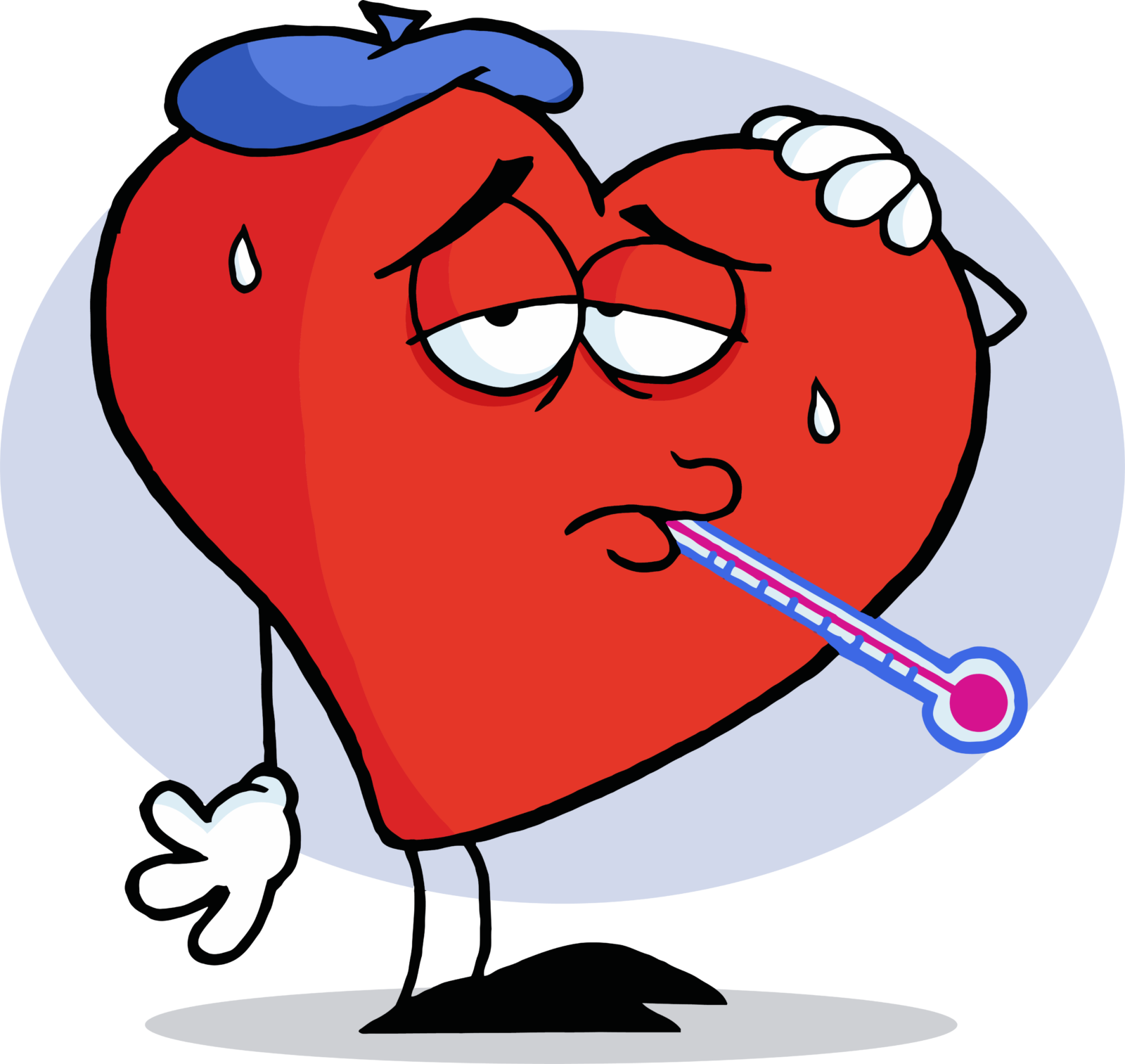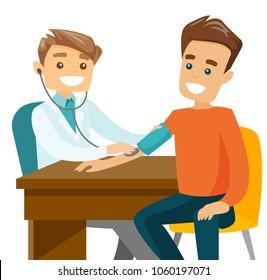
Lower blood pressure. Prevent blood clots, which can lead to heart attack or stroke.Prevent or delay the need for a procedure or surgery, such as angioplasty or coronary artery bypass grafting. Reduce your heart's workload and relieve heart disease symptoms
Someone having a heart attack may experience any or all of the following:
- Uncomfortable pressure, fullness or squeezing pain in the center of the chest
- Discomfort or pain spreading beyond the chest to the shoulders, neck, jaw, teeth, or one or both arms, or occasionally upper abdomen
- Shortness of breath
- Lightheadedness, dizziness, fainting
- Sweating
- Nausea
A heart attack generally causes chest pain for more than 15 minutes, but it can also have no symptoms at all. Many people who experience a heart attack have warning signs hours, days or weeks in advance.
What to do if you or someone else may be having a heart attack
- Call 911 or your local medical emergency number. Don't ignore or attempt to tough out the symptoms of a heart attack for more than five minutes. If you don't have access to emergency medical services, have a neighbor or a friend drive you to the nearest hospital. Drive yourself only as a last resort, and realize that it places you and others at risk when you drive under these circumstances.

- Chew and swallow an aspirin, unless you are allergic to aspirin or have been told by your doctor never to take aspirin. But seek emergency help first, such as calling 911.
- Take nitroglycerin, if prescribed. If you think you're having a heart attack and your doctor has previously prescribed nitroglycerin for you, take it as directed. Do not take anyone else's nitroglycerin, because that could put you in more danger.
- Begin CPR if the person is unconscious. If you're with a person who might be having a heart attack and he or she is unconscious, tell the 911 dispatcher or another emergency medical specialist. You may be advised to begin cardiopulmonary resuscitation (CPR). If you haven't received CPR training, doctors recommend skipping mouth-to-mouth rescue breathing and performing only chest compressions (about 100 per minute). The dispatcher can instruct you in the proper procedures until help arrives.
- If an automated external defibrillator (AED) is available and the person is unconscious, begin CPR while the device is retrieved and set up. Attach the device and follow instructions that will be provided by the AED after it has evaluated the person's condition.

Your lifestyle affects your heart health. The following steps can help you not only prevent but also recover from a heart attack:

- Avoid smoke. The most important thing you can do to improve your heart's health is to not smoke. Also, avoid being around secondhand smoke. If you need to quit, ask your doctor for help.

- Control your blood pressure and cholesterol levels. If one or both of these is high, your doctor can prescribe changes to your diet and medications. Ask your doctor how often you need to have your blood pressure and cholesterol levels monitored.

- Get regular medical checkups. Some of the major risk factors for heart attack — high blood cholesterol, high blood pressure and diabetes — cause no symptoms early on. Your doctor can perform tests to check for these conditions and help you manage them, if necessary.

- Exercise regularly. Regular exercise helps improve heart muscle function after a heart attack and helps prevent a heart attack by helping you to control your weight, diabetes, cholesterol and blood pressure. Exercise needn't be vigorous. Walking 30 minutes a day, five days a week can improve your health.

- Maintain a healthy weight. Excess weight strains your heart and can contribute to high cholesterol, high blood pressure and diabetes.

- Eat a heart-healthy diet. Saturated fat, trans fats and cholesterol in your diet can narrow arteries to your heart, and too much salt can raise blood pressure. Eat a heart-healthy diet that includes lean proteins, such as fish and beans, plenty of fruits and vegetables and whole grains.
- Manage diabetes. High blood sugar is damaging to your heart. Regular exercise, eating well and losing weight all help to keep blood sugar levels at more-desirable levels. Many people also need medication to manage their diabetes.

- Control stress. Reduce stress in your day-to-day activities. Rethink workaholic habits and find healthy ways to minimize or deal with stressful events in your life.
No comments:
Post a Comment